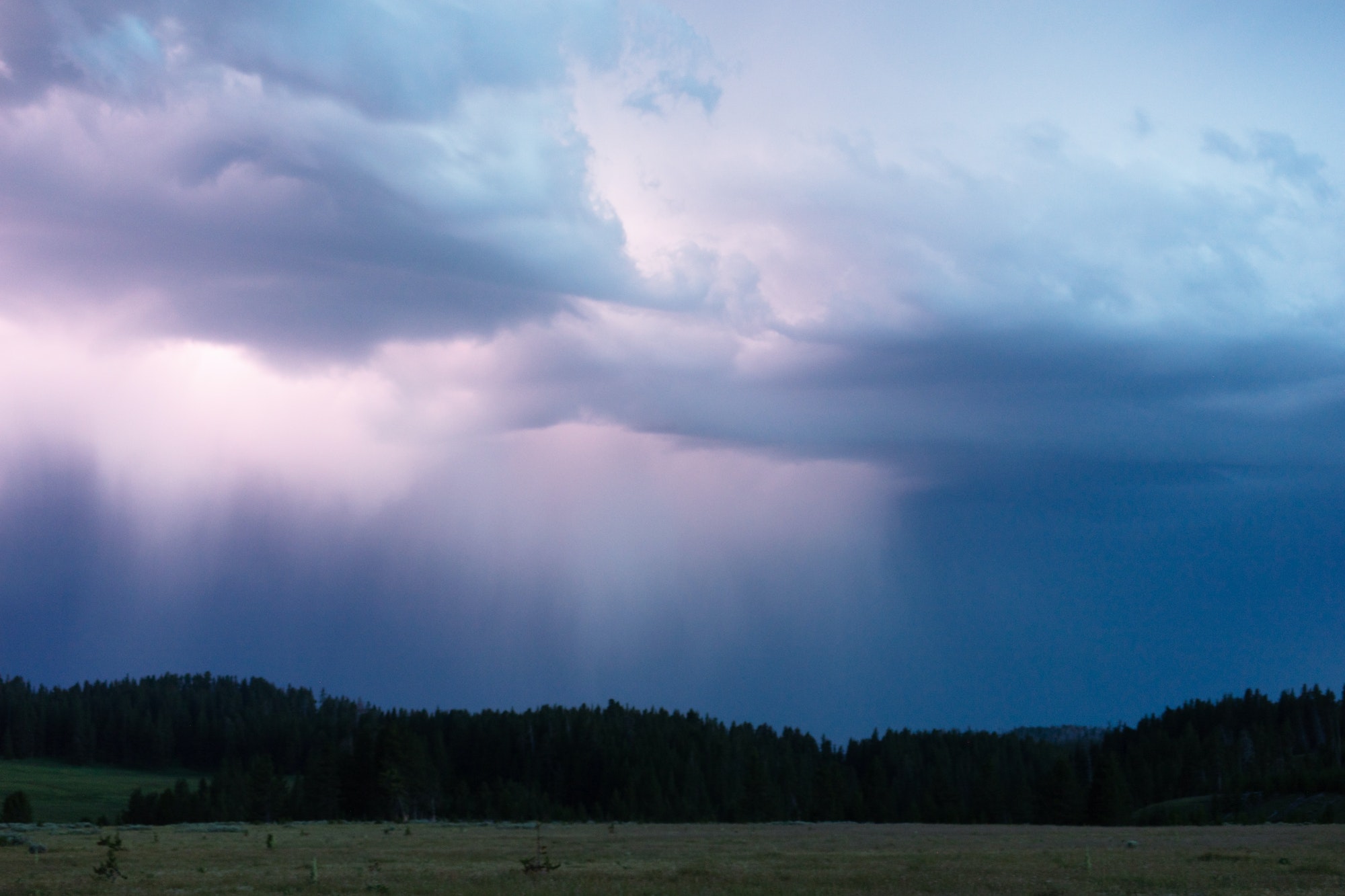India’s mountainous regions, especially in the Himalayas, have been hit hard recently by heavy monsoon rains. This has led to some serious floods and landslides, with a lot of damage and loss of life. Here’s a simple breakdown of what happened and how we can try to handle situations like these better in the future.

What Went Down?
The heavy rain caused a lot of problems:
- 41 people lost their lives.
- Many were trapped and need rescuing.
- The worst-hit states? Himachal Pradesh (33 deaths) and Uttarakhand (8 deaths).
- Cars got swept away, buildings collapsed, and bridges were destroyed.
- For instance, a sudden burst of rain in Solan, Himachal Pradesh, led to 9 people dying. Two landslides in Shimla caused 12 deaths.
Being Ready is Crucial
These events show why we need to be ready for such disasters. When there’s a warning about heavy rain, it’s super important that we act fast:
- Having a plan to get people to safety.
- Using tech to predict the weather accurately can really help.

We Need to Plan Ahead
Because of changes in the climate, this region is seeing more and more extreme weather. To deal with this:
- We should think about where we build things. Building in risky areas can make things worse.
- If we use land wisely, it can help reduce the damage when bad stuff happens.
It’s About the Community Too
When things go bad, communities come together. It’s heartwarming to see:
- Teaching local people how to be ready can make a big difference.
- Things like knowing the best way out, basic survival tricks, and where to go can save lives.

Remembering Old Mistakes
Bad stuff has happened before too. Like in 2021, flash floods in Uttarakhand killed almost 200 people. We need to remember these events and use them to plan better for the future.
Climate Change is a Big Deal
One big reason for these problems? Climate change. For example:
- Glaciers in the Himalayas are melting because it’s getting warmer.
- This increases the chance of floods and landslides.
- We all need to work on fixing this, like cutting down on pollution.

Working Together for Safety
What’s clear is that everyone needs to work together:
- Governments, local groups, and even other countries should team up.
- The focus? Being ready, smart planning, and making sure communities are strong.
To wrap up: The recent events in the Himalayan region of India remind us how powerful nature can be. But with planning, teamwork, and learning from the past, we can try to keep people safe and reduce damage. As we think about what’s happened, let’s aim to make a world where everyone’s a bit safer.
FAQ Section: Dealing with Floods and Landslides in India’s Mountains
Q1: Why did the Himalayan region face such heavy rains and floods recently?
A: The region was hit hard by monsoon rains, which led to severe floods and landslides. Climate changes, like melting glaciers in the Himalayas, also play a part in increasing the risk of such events.
Q2: Which areas suffered the most damage?
A: The states of Himachal Pradesh (with 33 deaths) and Uttarakhand (with 8 deaths) were the most affected. Many structures were damaged, including cars being swept away, buildings collapsing, and bridges being destroyed.
Q3: How can we be better prepared for such disasters in the future?
A: Preparedness includes early warning systems, accurate weather forecasting, and timely evacuation plans. Educating local communities about these plans and basic survival techniques can also make a big difference.
Q4: How is climate change linked to these events?
A: With global warming, glaciers in the Himalayas are melting, increasing the risk of floods and landslides. Such extreme weather events are becoming more common due to the overall changes in our planet’s climate.
Q5: Why is community involvement essential in these situations?
A: Communities are the first to be affected by such disasters. When equipped with the right knowledge and tools, they can act quickly, helping in rescue efforts, supporting each other, and minimizing damage.
Q6: How can we reduce the impact of such events in the future?
A: Smart land-use policies, like not building in high-risk areas and having effective drainage systems, can help. Additionally, global efforts to combat climate change, such as reducing carbon emissions, can reduce the frequency and intensity of such events.
Q7: Have similar events happened in the past in the Himalayan region?
A: Yes, the region has faced similar tragedies. An example is the flash floods in Uttarakhand in 2021, which claimed nearly 200 lives.
Q8: How can regular people help in such situations?
A: Apart from following safety guidelines and evacuation orders, people can support by donating to relief efforts, volunteering with rescue operations (if safe and trained to do so), and spreading awareness about disaster preparedness.
Sources ALJAZEERA


